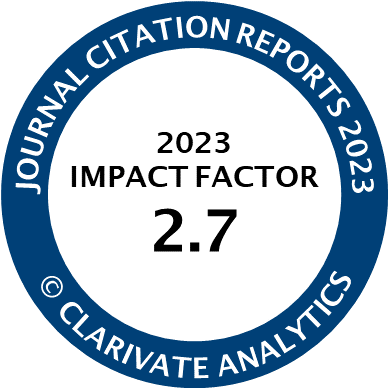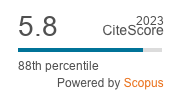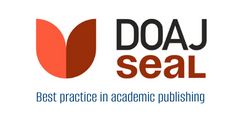Article | Open Access
SMART 2.0: Social Media Analytics and Reporting Tool Applied to Misinformation Tracking
| Views: | 350 | | | Downloads: | 190 |
Abstract: The rapid proliferation of social media has created new data stemming from users’ thoughts, feelings, and interests. However, this unprecedented growth has led to the widespread dissemination of misinformation—deliberately or inadvertently false content that can trigger dangerous societal ramifications. Visual analytics combines advanced data analytics and interactive visualizations to explore data and mine insights. This article introduces the Social Media Analytics and Reporting Tool (SMART) 2.0, detailing its application in tracking misinformation on social media. An updated version of its predecessor, SMART 2.0 enables analysts to conduct real-time surveillance of social media content along with complementary data streams, including weather patterns, traffic conditions, and emergency service reports. SMART 2.0 offers enhanced capabilities like map-based, interactive, and AI-powered features that enable researchers to visualize and understand situational changes by assessing public social posts and comments. As a misinformation classification and tracking case study, we collected public, geo-tagged tweets from multiple cities in the UK during the 2024 riots. We showcased the effectiveness of SMART 2.0’s misinformation detection and tracking capabilities. Our findings show that SMART 2.0 effectively tracks and classifies misinformation using a human-in-the-loop approach.
Keywords: machine learning; misinformation; SMART; SMART 2.0; social media; surveillance; visual analytics
Published:
Issue:
Vol 13 (2025): AI, Media, and People: The Changing Landscape of User Experiences and Behaviors (In Progress)
© Mahmoud Mousa Hamad, Gopichandh Danala, Wolfgang Jentner, David Ebert. This is an open access article distributed under the terms of the Creative Commons Attribution 4.0 license (http://creativecommons.org/licenses/by/4.0), which permits any use, distribution, and reproduction of the work without further permission provided the original author(s) and source are credited.




